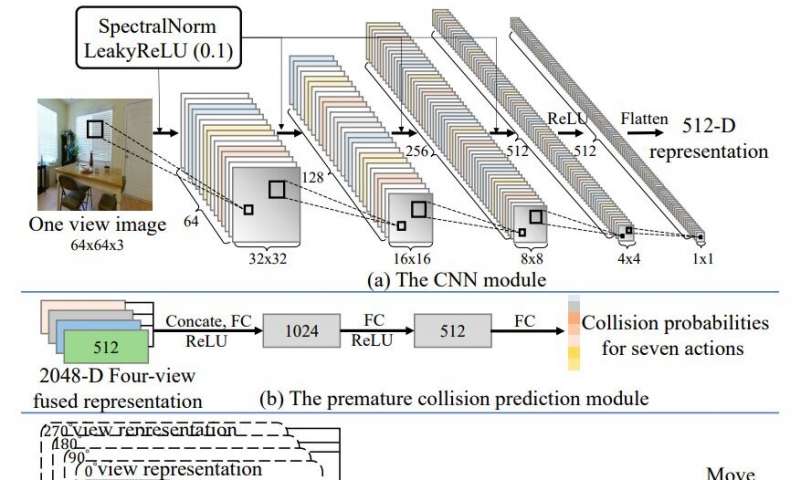HOME
A system to improve a robot's indoor navigation

Over the past decade or so, roboticists developed increasingly sophisticated robotic systems that could help humans to complete a variety of tasks, both at home and in other environments. In order to assist users, however, these systems should be able to efficiently navigate and explore their surroundings, without colliding with other objects in their vicinity.
While there are now a number of navigation systems and techniques, the mobility of most robots is still fairly limited, particularly in unknown and unmapped environments. Most existing navigation methods have two main components: one designed to construct a map that a robot can used as reference (e.g. Simultaneous Localization and Mapping techniques) and one that generates collision-free or optimal paths for the robot (e.g., probabilistic road maps or rapidly exploring random trees).
Although some of these methods achieved promising results, they tend to be highly sensitive to noise picked up by a robot's sensors. As a result, they often heavily rely on maps and perform poorly in dynamic or rapidly changing environments. Deep learning-based navigation approaches that do not rely on maps could ultimately help to overcome the limitations of these systems.
Researchers at Nanjing University of Aeronautics and Astronautics and the National University of Defense Technology in China have recently developed a new system that could enable more efficient robot navigation in indoor environments. Instead of relying on pre-defined maps, this system uses a training approach known as generative imitation learning, allowing robots to navigate their surroundings and fulfill their goals.
News Source